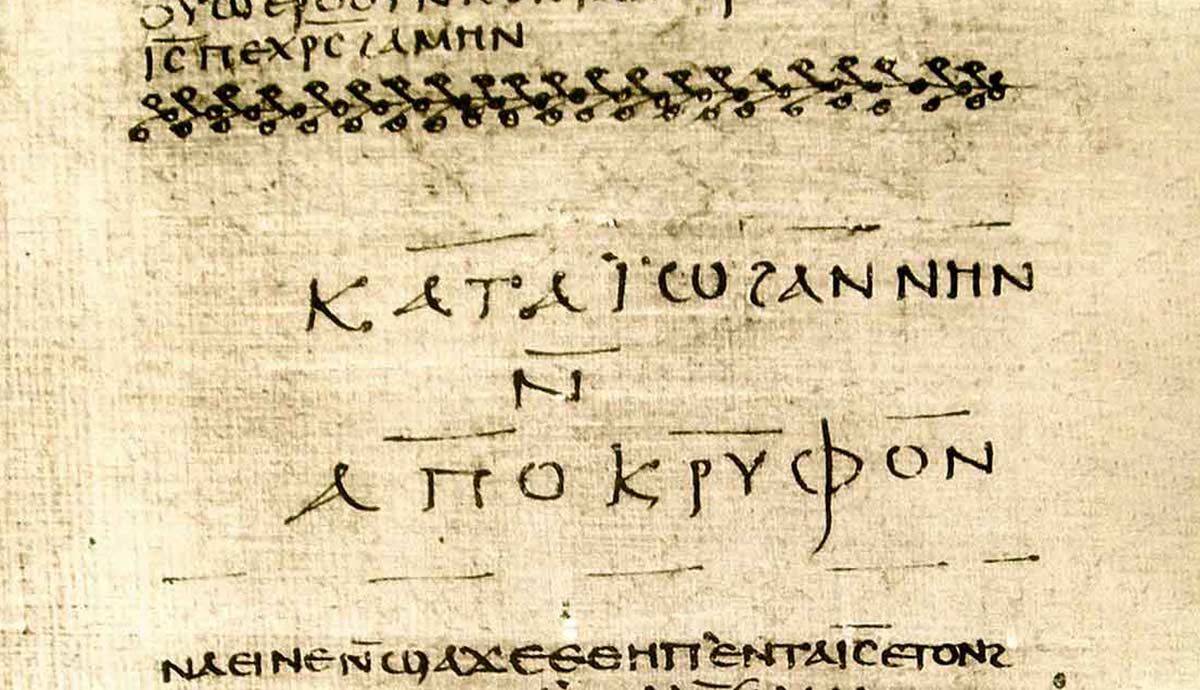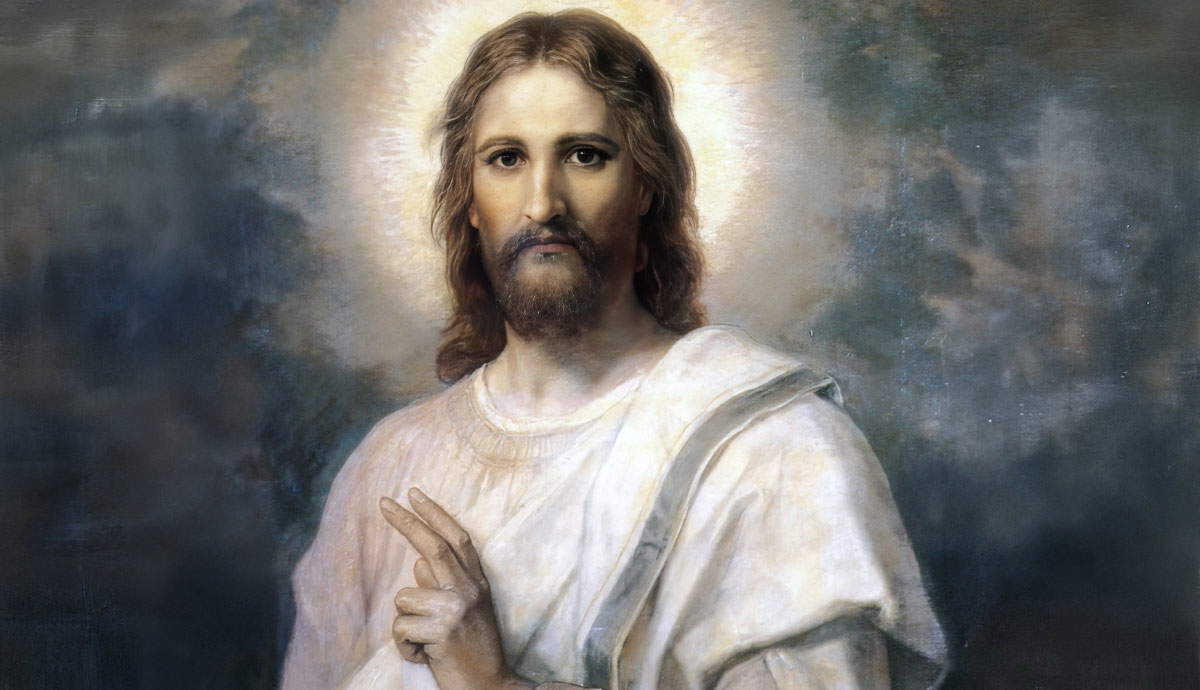
World War II embroiled over seventy countries through force, alliance, or occupation. However, the list of major players only numbered six – Germany, America, The Soviet Union, Italy, Great Britain and Imperial Japan. When German troops went over the border into Poland, Germany was already loosely aligned with Italy and Imperial Japan. They signed the 1936 Anti-Comintern Pact created to combat international Communism. Great Britain and France formed the Allies in World War I and still did in 1939. The Soviet Union and the United States joined in 1941 after being attacked.
The Soviet Union: The Biggest Player

The biggest player among the six was the Soviet Union. And for the Axis, the easiest target. Hitler wanted its resources and space for Germany’s benefit. In the 1920s and 1930s, the Soviet Union became a powerhouse under Stalin, feared and courted simultaneously by both sides. There are vital reasons why it became a major part of World War II. First, Russia’s sheer size and population meant huge reserves of people and resources would be available.
With German forces tied up on the grueling Eastern Front, the Soviets suffered immense losses of twenty million lives. Stalin’s ruthless authority, however, mobilized relentless resistance, allowing him to make critical demands that ultimately fulfilled hopes of victory.
Great Britain: The Most Experienced Player

Great Britain was another key experienced player in World War II. Britain lacked the resources of America or the Soviet Union but kept in the game with some unique advantages. The Empire’s global reach was second to none – Britain could draw on numerous resources and allies to stay in war. Britain’s Royal Navy was one of the world’s biggest in 1940, which helped deter a German invasion. Britain secretly led in codebreaking at Bletchley Park, cracking Nazi communiques. This intelligence coup allowed the Allies to intercept encrypted German radio traffic, foresee enemy movements, and adapt their strategy for victory.
Britain’s radar edge proved critical during the 1940 Battle of Britain. The tenacious outnumbered Royal Air Force intercepted enemy bombers by tracking Luftwaffe formations, savaging them enough to win the battle.
Germany: The Key Player

Nothing can be written without including Germany, the war’s most aggressive country. Its well-trained, technology-advanced Wehrmacht used blitzkrieg and combined arm tactics to defeat their less prepared opponents. Aside from Britain, most of Europe and Russia fell quickly. Out of all the opponents, Hitler’s Germany was considered the most dangerous. The Allies focused on a “Germany first” strategy. Though capable, Japan and Italy were deemed not as great of a threat. As the primary opponent, the Germans inflicted and took massive casualties in Europe, North Africa, and deep into Russia. Despite so many adversaries, Germany held out longer than the Allies thought they could.
Imperial Japan: The Surprise Player

Often seen as a backward power, Imperial Japan stunned the U.S. with its 1941 attack, building on invasions since WW1 that seized Chinese and Pacific territory, underestimating the Empire’s might and resolve. Japan’s Imperial Navy, with its supremely trained pilots and mighty fleet, stunned allies by dominating early in the war. Backed by a ruthless army, the naval force’s skill and advanced weaponry made Japan appear invincible. The Allies battered Japan into surrender, but only after two atomic bombs were dropped.
Fascist Italy: The Unlucky Player

Hitching itself to Axis ambitions, Fascist Italy pursued expansionist plans, seizing Albania and Ethiopia while supporting Germany. Italy also aided fascist Spain with troops, ships, and supplies during the Spanish Civil War. Its Mediterranean and North African adventures proved pivotal but fleeting. By 1943, massive losses prompted Italy’s surrender, turning the country into a battlefield.
The United States: The Bank and Factory Player

The U.S. was the financial and industrial backbone of the Allies. That alone made the U.S. and Germany one of the top powers. Also, with the world’s largest economy and raw materials, it provided war materials to all its allies. Programs like Lend-Lease equipped the U.S. allies with weapons and items like food or oil. The U.S. possessed a considerable military with upwards of sixteen million soldiers serving across the globe. The U.S. atomic weapons program was the ultimate game changer. Now, cities could be wiped out in one strike, a fact that forced the Japanese to surrender.
The major players in World War II were also the largest participants. All pulled in aligned countries, each with an agenda (like keeping empires). These competing goals led to a series of dramatically different postwar political realities.










